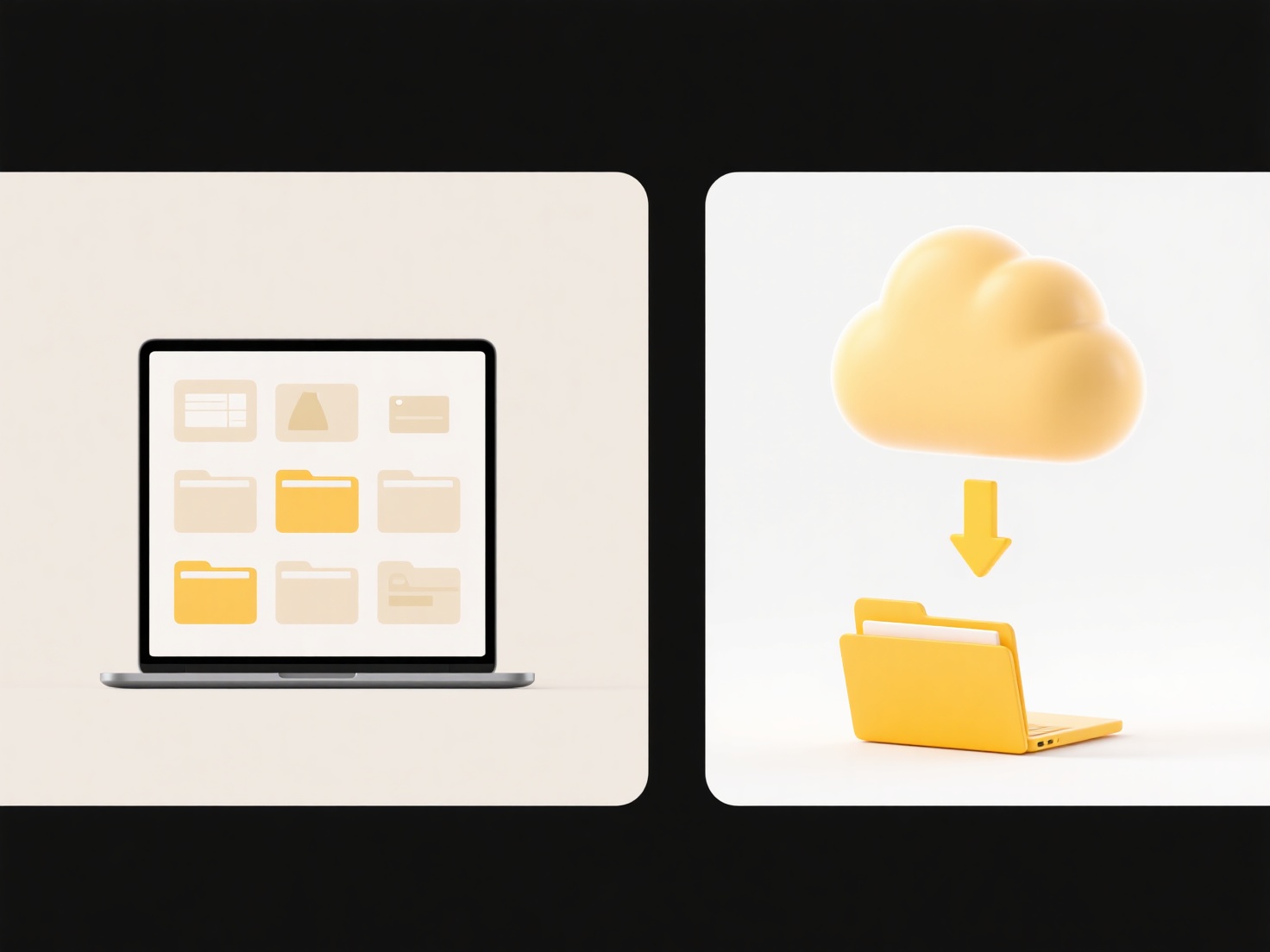
Share permissions control access to files and folders when accessed over a network share. They act as a gatekeeper, regulating entry to the shared resource itself, with options like Full Control, Change, and Read. NTFS permissions, in contrast, apply to files and folders stored locally on a drive formatted with the NTFS file system. They govern access both locally and over the network, offering much finer-grained control (over 14 basic permissions including modify, read & execute, write) applied directly to users, groups, or objects. While Share permissions apply only at the network entry point, NTFS permissions protect the resource at the file system level and travel with the data.
Practically, Share permissions might be set on a folder named CompanyData shared from a server, allowing only the Finance group Change access over the network. Meanwhile, NTFS permissions on that same CompanyData folder might grant the FinanceManagers group Modify access and the regular Finance group only Read & Execute, specifying detailed local access rights. NTFS permissions are essential for security on the local drive and for complex permission structures within shared folders across organizations and file servers.

A significant limitation of Share permissions is their lack of granularity; if the least restrictive Share permission is Full Control, but the NTFS permission only grants Read, the effective permission remains Read. Conversely, NTFS permissions offer detailed control and inheritance but are only effective on NTFS volumes. Combining both often involves setting Share permissions broadly (e.g., Full Control for Everyone) and then using the more granular NTFS permissions for real access control. Incorrect configurations, especially overlapping permissions, can create complex troubleshooting scenarios and unintended access.
What’s the difference between Share and NTFS permissions in Windows?
Share permissions control access to files and folders when accessed over a network share. They act as a gatekeeper, regulating entry to the shared resource itself, with options like Full Control, Change, and Read. NTFS permissions, in contrast, apply to files and folders stored locally on a drive formatted with the NTFS file system. They govern access both locally and over the network, offering much finer-grained control (over 14 basic permissions including modify, read & execute, write) applied directly to users, groups, or objects. While Share permissions apply only at the network entry point, NTFS permissions protect the resource at the file system level and travel with the data.
Practically, Share permissions might be set on a folder named CompanyData shared from a server, allowing only the Finance group Change access over the network. Meanwhile, NTFS permissions on that same CompanyData folder might grant the FinanceManagers group Modify access and the regular Finance group only Read & Execute, specifying detailed local access rights. NTFS permissions are essential for security on the local drive and for complex permission structures within shared folders across organizations and file servers.

A significant limitation of Share permissions is their lack of granularity; if the least restrictive Share permission is Full Control, but the NTFS permission only grants Read, the effective permission remains Read. Conversely, NTFS permissions offer detailed control and inheritance but are only effective on NTFS volumes. Combining both often involves setting Share permissions broadly (e.g., Full Control for Everyone) and then using the more granular NTFS permissions for real access control. Incorrect configurations, especially overlapping permissions, can create complex troubleshooting scenarios and unintended access.
Quick Article Links
Can I search for executable files only?
This FAQ explains how to search specifically for executable files – files designed to launch programs when run. Unlike g...
Is there a difference between uppercase and lowercase in file names?
File names that differ only in case (uppercase vs lowercase letters) may be considered the same or distinct files depend...
Why do downloaded files from learning platforms duplicate?
Downloaded files from learning platforms sometimes duplicate as a safety measure. This means the platform creates a new,...